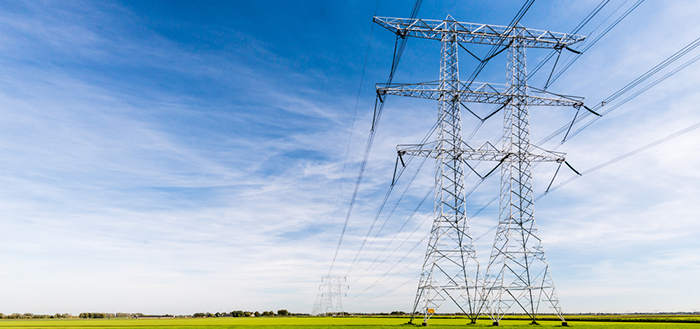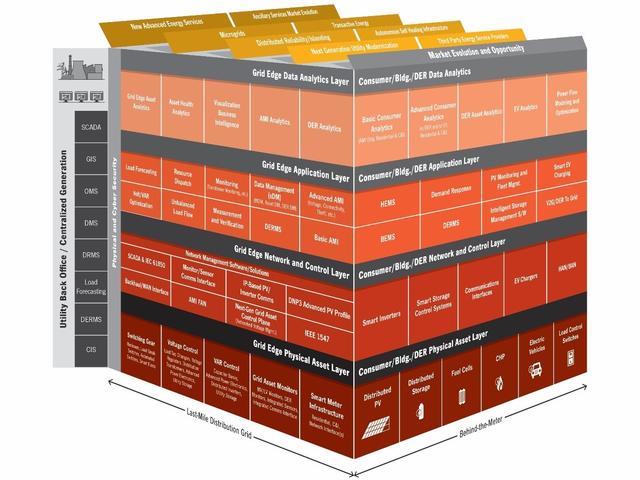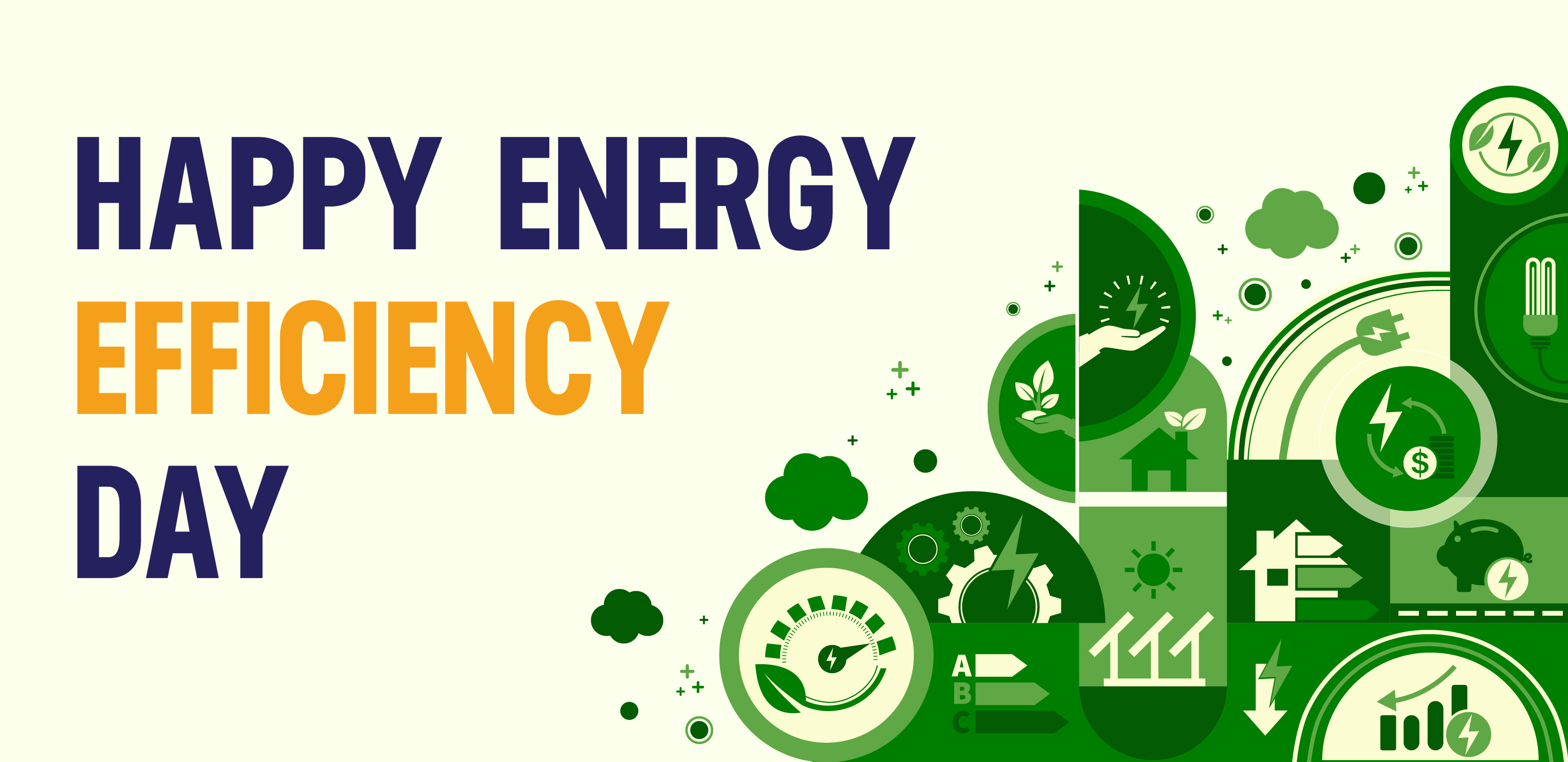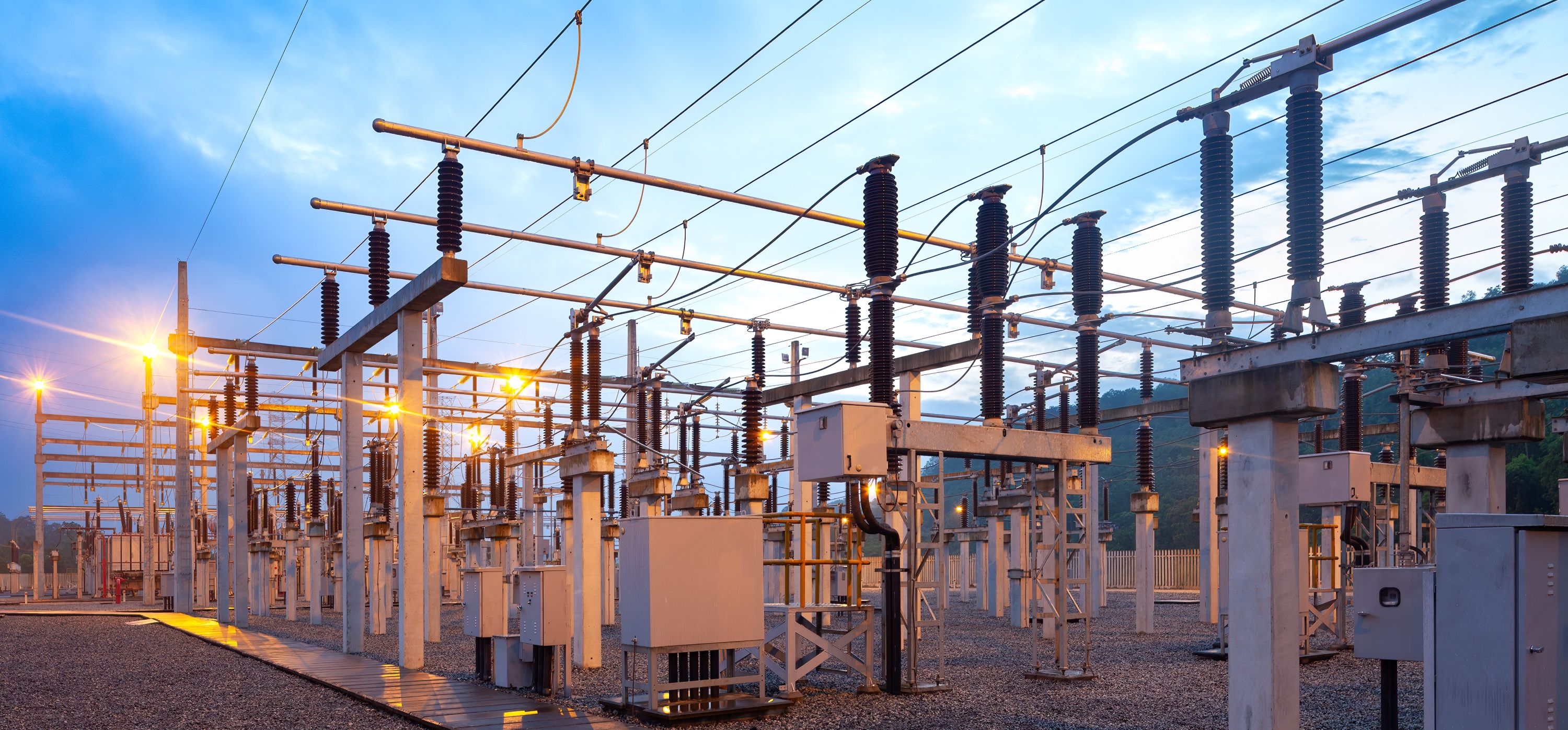So What Exactly is this “Grid Edge” Thing, Anyway?
Let's Save Energy
Alliance to Save Energy's Blog

The grid edge. If you have had any involvement or interest in the electricity sector recently, you’ve probably heard this term. You’ve probably wondered exactly what it means and why so many people seem to have a different definition of it. And maybe you’ve picked up on a sense of urgency or excitement around it – because depending on who you talk to, the grid edge is going to either disrupt everything, rebuild everything, destroy everything or fizzle out like so many other fads.
Well, I can’t tell you what the future holds, but I can try to shed some light on some of the less- hyperbolic aspects of the grid edge and how they might impact the way that you use electricity in the coming years. The term “grid edge” has been popularized by Greentech Media, an energy and industry publication. The outlet uses the term to refer to the varying hardware, software and business innovations that are increasingly enabling smart, connected infrastructure to be installed at or near the “edge” of the electric power grid. As seen in the image below, the potential scope of what can be included in the grid edge is quite sizable.
Let’s talk a bit about what the “edge” actually is, with some descriptive examples. The “edge”, in this case, means the proximity to end-use customers (at their homes, businesses or at distribution systems very close to both) rather than at power plants or along transmission lines. Grid edge hardware is the physical material you can touch: solar panels, advanced metering infrastructure, smart inverters, energy storage systems, smart thermostats, smart appliances and building controls. Grid edge software includes automated price-responsive demand response, real-time grid optimization (the balance between reliability, availability, efficiency and cost), data analytics, and integrated distribution system planning systems (an approach that focuses on modernizing utility interconnection, planning, sourcing and data sharing processes). Grid edge business innovations are things like consumer analytics, third party ownership and control (think rooftop solar companies), and aggregation for wholesale market participation (in which entire communities combine to buy energy at wholesale prices).

The Borg (I mean grid edge). Source: GTM Research
While the electricity industry is still in the early stages of formulating what the grid edge might mean in practice, the potential for these solutions and services is nothing short of revolutionary. Imagine if all the appliances in your home were connected, forming a smart home network able to receive and react to signals from wholesale markets and provide valuable grid stability services when grid congestion spiked. Visualize a world in which excess renewable energy generation from wind or solar is stored in batteries. Or used to produce hydrogen for fuel cell vehicles. Or to make ice at night in order to lower air conditioning needs during the day. Envision buildings and campuses with the ability to dynamically separate from the bulk power grid after a storm, creating islands of critical infrastructure that support local communities. Now think of all this happening automatically, in real time, in houses and businesses across the country. All this – and more – are examples of what the grid edge could look like.
So what will the grid edge actually do for you?
Of course, the specific ways that the grid edge will evolve will depend on several factors. As with many ambitious concepts, it is sometimes easier to anticipate what the end state might look like than to determine how to actually get there. There are important policy questions that need to be answered regarding ownership and control of hardware and software, how these systems can reliably interconnect and interoperate with the power grid and what the appropriate balance is between third-party and utility participation in the planning and management of these technologies.
Grid Edge Pilot Programs
There are many pilot programs testing some of these concepts throughout the country, and businesses are starting up or expanding to provide services to their customers in anticipation of a cohesive regulatory structure. One interesting example of this is the Brooklyn-Queens Demand Management project (BQDM). Upon recognizing that power demand in parts of Brooklyn and Queens were quickly outpacing current capacity, New York City’s utility company worked with its state utility commission to develop this innovative plan, which takes advantage of grid edge technologies by utilizing “non-traditional demand reduction” solutions such as demand response, solar, storage and others. By taking this approach, the utility company will be able to defer the construction of a $1 billion substation for seven years.
Another great example is the California Demand Response Auction Mechanism (DRAM), which allows service providers to contract with residential and small commercial customers to use installed technologies such as thermostats, storage and electric vehicle charging stations to aggregate and bid demand reductions into California’s wholesale markets. These are the types of ideas that are leading the way and pushing the limits of what is possible in grid edge technology.
Imagining the future of grid edge is easy – and quite frankly, a lot of fun. Getting there is the challenge. We at the Alliance to Save Energy look forward to playing a critical role in this space, helping craft policies that will support these technological innovations and better enable companies to deploy their solutions to the markets. Stay tuned!
STAY EMPOWERED
Help the Alliance advocate for policies to use energy more efficiently – supporting job creation, reduced emissions, and lower costs. Contact your member of Congress.
Energy efficiency is smart, nonpartisan, and practical. So are we. Our strength comes from an unparalleled group of Alliance Associates working collaboratively under the Alliance umbrella to pave the way for energy efficiency gains.
The power of efficiency is in your hands. Supporting the Alliance means supporting a vision for using energy more productively to achieve economic growth, a cleaner environment, and greater energy security, affordability, and reliability.



